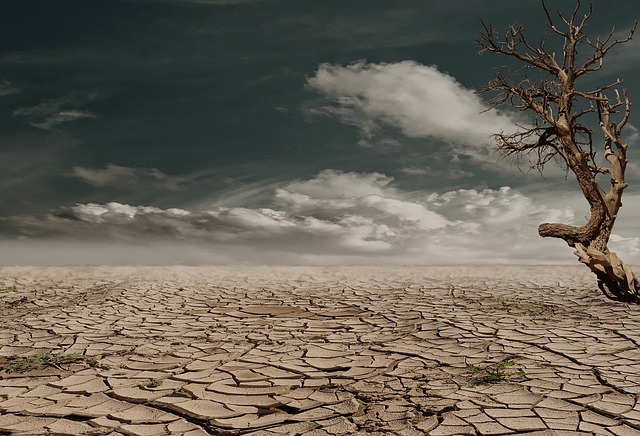Soil erosion is an alarming issue that has gained momentum alongside the rapid rates of deforestation across the globe. When we envision lush forests, we often think of their role in providing oxygen, supporting wildlife, or simply serving as a backdrop for our outdoor activities. However, what goes unnoticed is the fragile layer of soil that nurtures these magnificent trees and sustains the local ecosystem. The interconnection between deforestation and soil erosion is a stark reminder of the delicate balance we are compromising, leading to devastating effects on both the environment and climate change.
As deforestation continues, the protective canopy that forests provide is removed, exposing the soil beneath to the harsh elements. Raindrops that would normally be softened by leaves now strike the ground with a force strong enough to displace soil, creating a cycle of erosion that becomes increasingly difficult to reverse. Sediments are washed away, depriving the land of its nutrients, which in turn leads to lower agricultural productivity and higher food insecurity. This situation is particularly dire for developing nations that rely heavily on agriculture for their economies and livelihoods.
Furthermore, the sheer loss of topsoil due to erosion contributes to worsening climate change. Soil serves as a significant carbon sink, storing carbon dioxide that would otherwise contribute to greenhouse gas emissions. With every inch of soil that erodes, we not only lose vital nutrients for crops but also release stored carbon back into the atmosphere, exacerbating global warming. The United Nations estimates that soil erosion could lead to a reduction of 25% in agricultural productivity by 2050, propelling millions more into poverty and struggle—an outcome that can be averted through careful management of our forests and land.
Immediate action is needed to address soil erosion and deforestation’s role in climate change. Reforestation initiatives, sustainable land management practices, and community engagement are essential in fostering an environment where soils can recover. By restoring tree cover, we can shield the soil from further erosion while enhancing the local climate’s resilience against extreme weather events, which are becoming more frequent due to climate change. Through education and awareness, we can empower communities to protect their soil and forests, securing a healthier planet for future generations.
It is crucial to recognize that the fight against soil erosion is not just about protecting the ground beneath our feet. It is about preserving a legacy for our children—a world where the environment flourishes, where the climate stabilizes, and where nature and humanity coexist harmoniously. In an era marked by ecological crisis, understanding the significance of soil conservation and forest preservation is vital. The time has come for us to stand up for our planet, advocating for practices that heal rather than harm, ensuring that the heritage of our earth remains intact.




